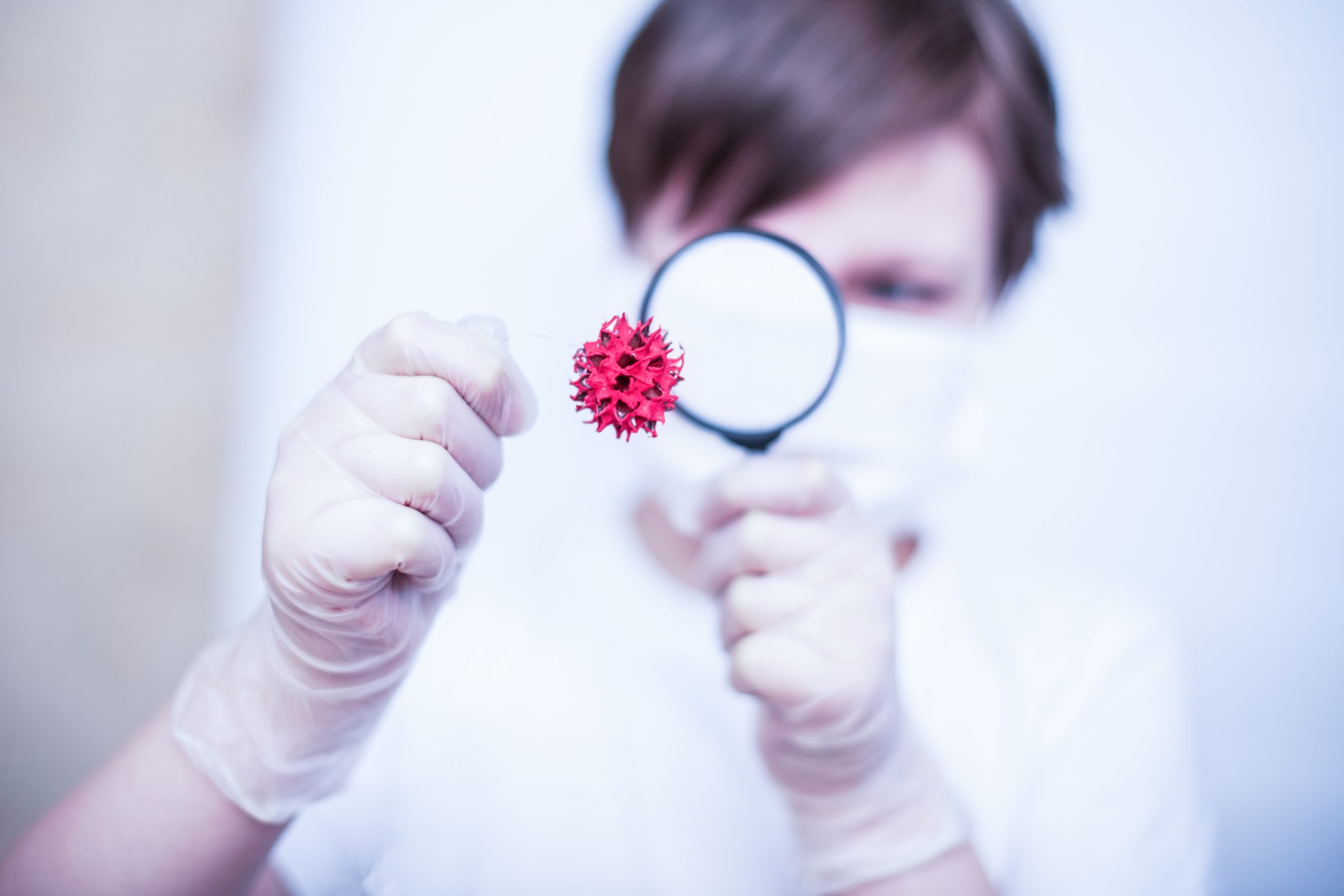Infections in children: an overview of bacterial infections
- What are bacteria?
- What is the risk of bacterial infection in children?
- Diagnosis of bacterial infections in children:
- Prevention of bacterial infection in children
- Treatment of bacterial infections and infections in general in children
What are bacteria?
Bacteria: They are microscopic single-celled organisms and some bacteria cause disease in humans. Other bacteria live inside the intestines, urogenital system, or on the skin without causing any harm. Some bacteria are believed to help maintain people’s health because there are beneficial bacteria and harmful bacteria as well.
The most common bacterial infections in children are skin infections (including impetigo), ear infections, and throat infections (strep throat). These and many other less common bacterial disorders are treated similarly in adults and children.
Other infections occur at all ages but have special considerations in children, and many severe bacterial infections can be prevented by routine immunization in early childhood.
What is the risk of bacterial infection in children?
Some children are especially at risk of bacterial infection.
Including children at high risk
- Infants under the age of 3 months
- Children who do not have a spleen
- Children with a disorder of the immune system
- Children with sickle cell disease
- Children with cancer
- Children who are not recommended for vaccinations
Diagnosis of bacterial infections in children:
Doctors sometimes diagnose a bacterial infection by the typical symptoms it causes, however, the bacteria must be identified in samples of tissue, blood, or body fluids, such as urine, pus, or cerebrospinal fluid. Sometimes bacteria can be identified from these samples under a microscope or identified with rapid detection tests such as tests that look for genetic material from a specific bacteria. However, they are usually too little or too small to be seen, so doctors must try to grow them (cultivate them) in a lab. It usually takes 24 to 48 hours for the bacteria to implant.
Cultures can also be used to test the susceptibility of certain bacteria to different antibiotics. The results can help the doctor decide which medication to use in an affected child.
So, what are the ways to prevent bacterial infection in children?
Routine immunization
Many bacterial infections in children can be prevented by following the recommended vaccination schedule, and many viral infections (such as measles, polio, hepatitis A and hepatitis B) can also be prevented with routine immunization.
Bacterial infection that can be prevented with routine immunization
Haemophilus influenzae type b infection (can cause meningitis, epiglottitis, some severe eye infections, and occult bacteremia)
Streptococcus pneumoniae infection (can cause pneumonia, meningitis, occult bacteremia, and ear infections)
Neisseria meningitidis infection (can cause meningitis, sepsis, and occult bacteremia)
Note: Many viral infections can also be prevented with routine immunization.
Treatment of bacterial infections and infections in general in children:
Where it can be treated in two ways:
- Using antibiotics
- Surgery also sometimes
Antibiotics are medicines used to treat bacterial infections. There are many different antibiotics. Each one is only effective on specific bacteria, although some are effective against a larger group of bacteria than others. Most of the time, antibiotics alone can eliminate bacterial infection; However, when the infection produces a large collection of pus, people sometimes also need surgery to drain the pus. These infections include cysts and joint infections.
Doctors may treat some potentially serious childhood infections with antibiotics before transplant results are seen. When results are obtained, the antibiotics are continued or changed as needed. If no bacteria are found, the antibiotics may be stopped.



